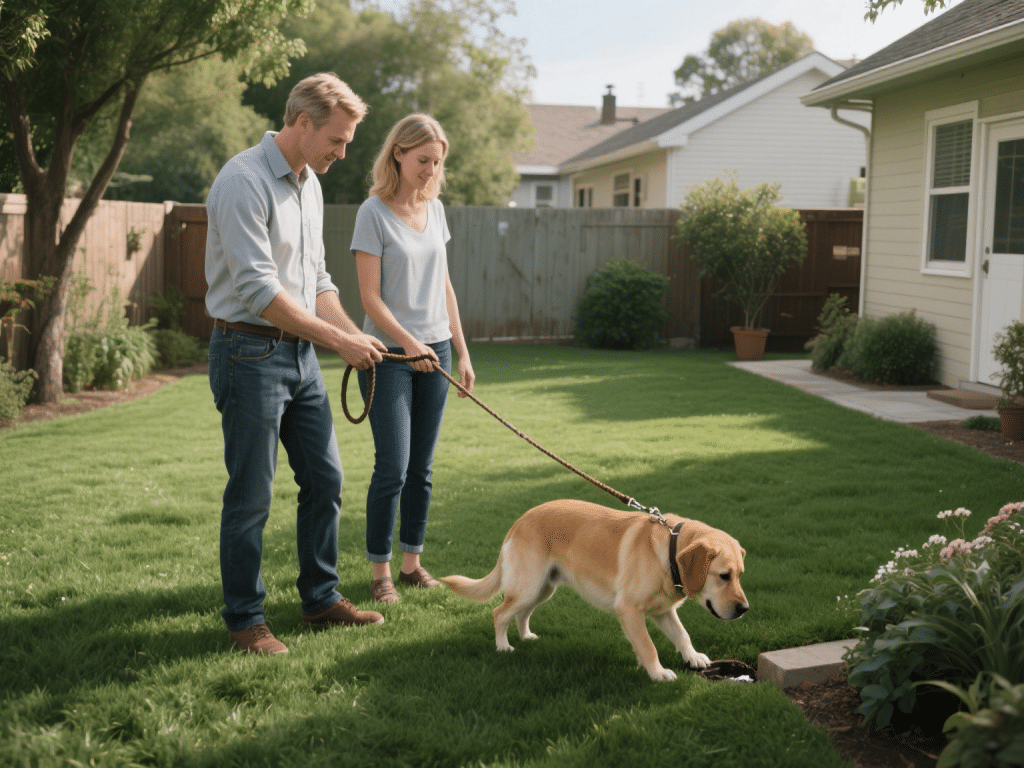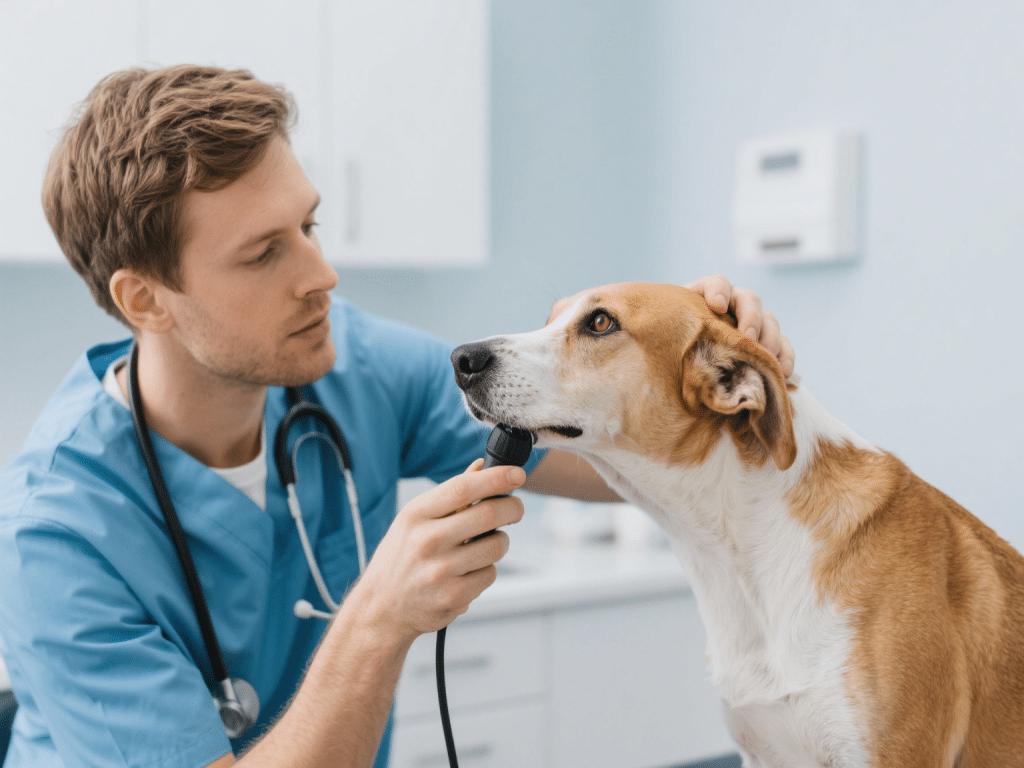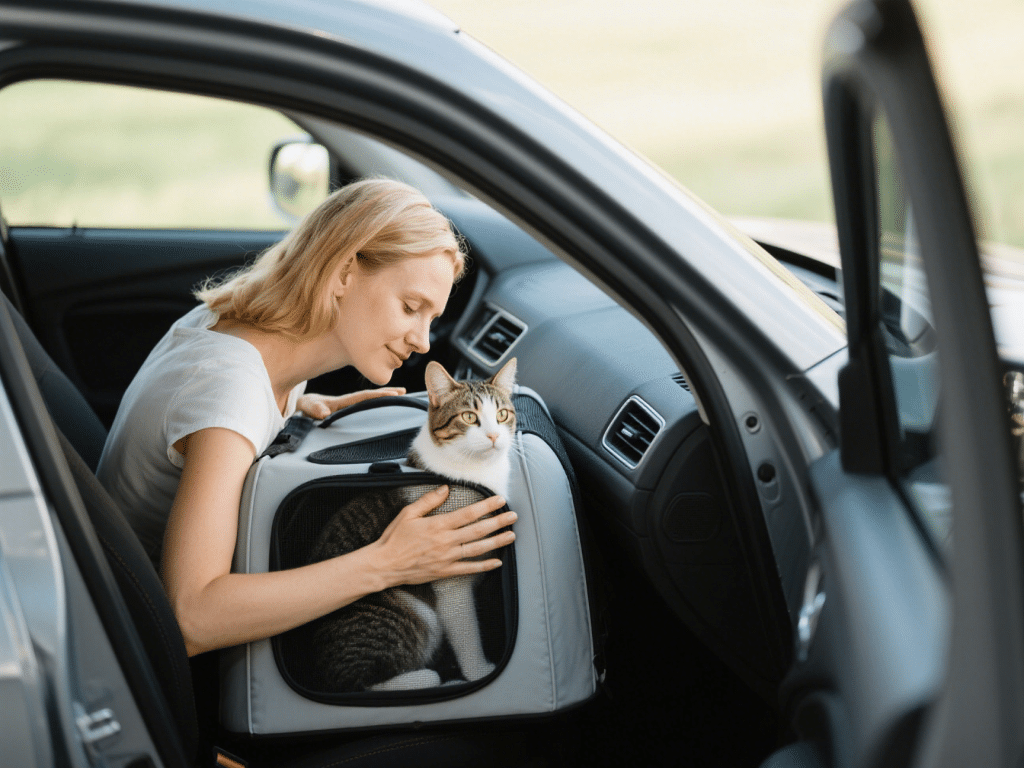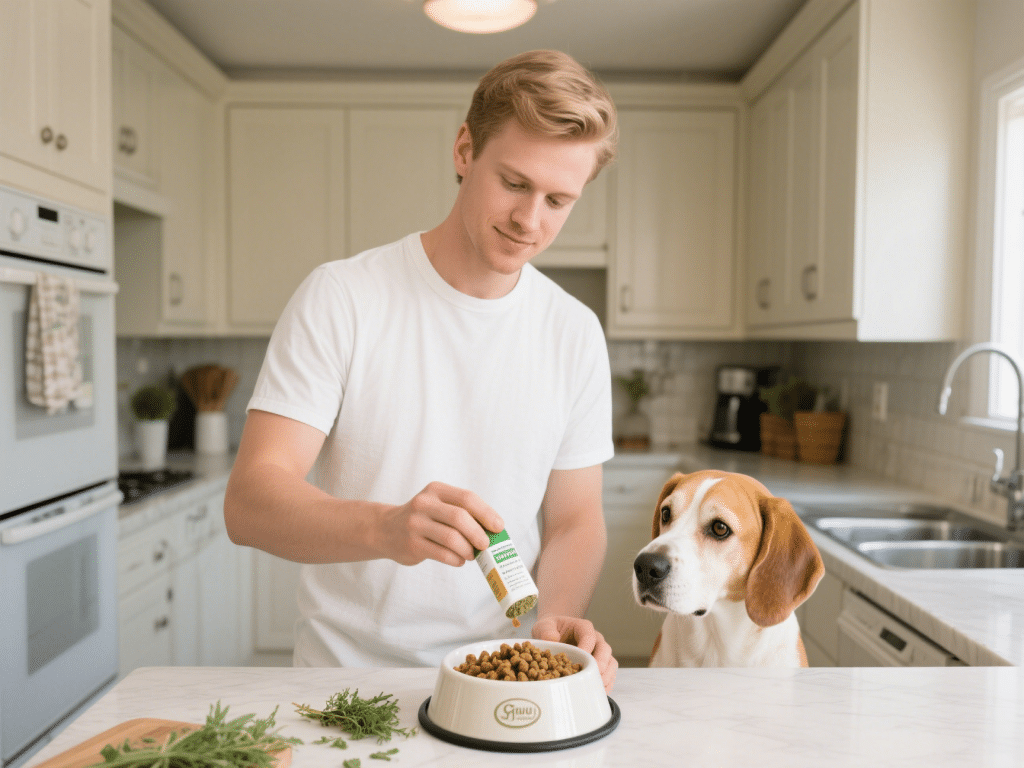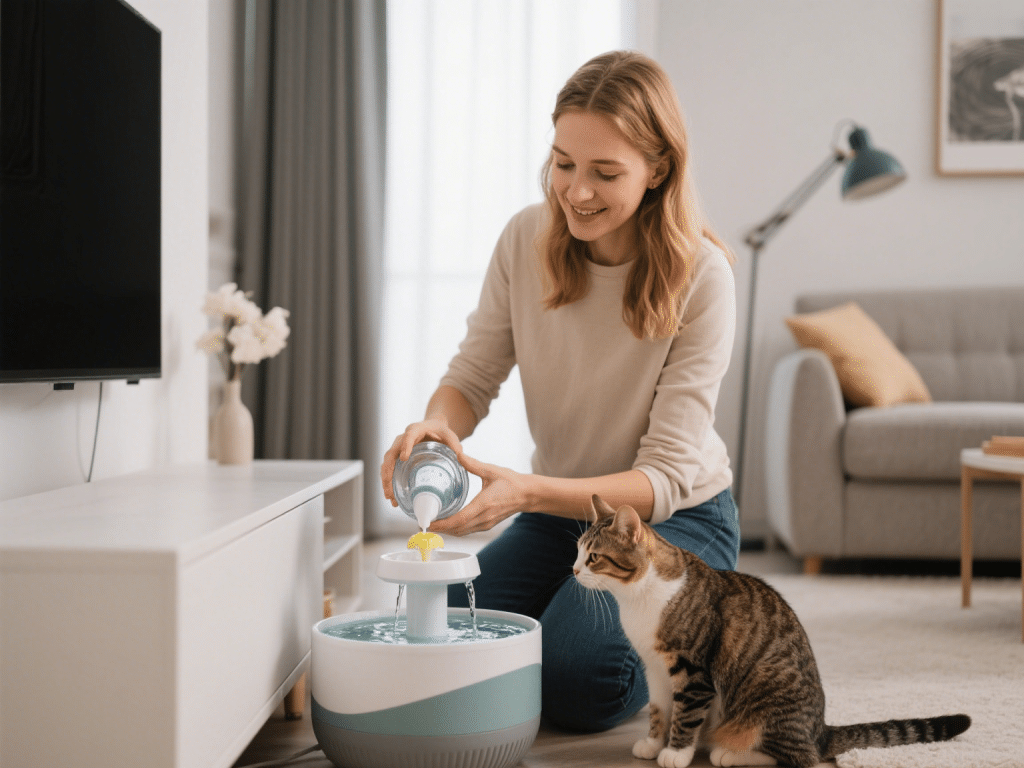
Introduction
Dehydration in cats can lead to urinary tract infections (UTIs), kidney disease, and bladder stones. Cats evolved from desert ancestors and often have low thirst drive, making water fountains an excellent solution to encourage drinking. This article reviews key features of top water fountains, guiding you toward an ideal fountain that appeals to your cat’s instincts and promotes optimal hydration.
1. Why Your Cat Needs a Water Fountain
Natural Preference for Running Water:
In the wild, cats avoid still water due to contamination risks. Flowing water is perceived as fresher and safer.
Animated flow supports innate hunting and drinking behaviors, increasing water consumption by 25–30%.
Health Benefits:
Prevents UTIs and Kidney Issues: Increased hydration dilutes urine, reducing crystal formation.
Encourages Frequent Drinking: Multiple small sips prevent urinary stagnation.
Detecting Changes: Visible fountains allow owners to observe drinking patterns and quickly identify decreased intake.
2. Key Features to Consider
Material:
Stainless Steel: Corrosion-resistant, easy to clean, and resists bacterial growth. Recommended for multi-cat households.
Ceramic: Heavier, less prone to tipping; some models are glazed to prevent staining. Check for dishwasher-safe labeling.
BPA-Free Plastic: Lightweight and affordable but can harbor bacterial biofilm if not cleaned weekly.
Flow Mechanism:
Adjustable Flow Rates: Allows customization—gentle trickle for timid cats vs. waterfall effect for playful felines.
Submerged vs. Surface Pump: Submerged pumps reduce noise and extend pump life; external pumps may require extra cleaning.
Filter Types:
Carbon Filters: Remove odors and impurities. Replace every 2–3 weeks.
Foam Filters: Trap hair and debris; rinse weekly.
Capacity:
Single Cat Households: 1.5–2 liter capacity generally sufficient.
Multi-Cat Households: 3–5 liter models ensure consistent water availability.
Gauge capacity based on number of cats and your schedule for refilling.
Noise Level:
Pump noise under 40 dB is ideal—comparable to a quiet library.
Look for “silent pump” or “ultra-quiet” designations.
Silicone or rubber pump mounts dampen vibrations.
Ease of Cleaning:
Removable components and dishwasher-safe parts simplify maintenance.
Smooth interior surfaces prevent biofilm buildup.
Weekly full disassembly and cleaning recommended with pet-safe dish soap.
3. Top-Rated Cat Water Fountains
PetSafe Drinkwell Stainless Steel Fountain
Material: 316-grade stainless steel.
Capacity: 4 liters.
Flow: Adjustable twin streams (front and back).
Noise: <35 dB with submerged pump.
Filter System: 3-stage filter (carbon, foam, charcoal).
Why We Recommend: Durable, corrosion-resistant, and ideal for multiple cats. Easy to disassemble—dishwasher-safe bowl.
Catit Flower Fountain
Material: BPA-free plastic.
Capacity: 3 liters.
Flow: Flower-shaped spout provides three water flow options—gentle stream, bubbling fountain, and waterfall.
Noise: 37–40 dB; fairly quiet with rubberized pump base.
Filter System: Triple-action filters remove odors, hair, and debris.
Why We Recommend: Budget-friendly, visually appealing, encourages playful drinking. Easy cleaning design.
PetSafe Drinkwell Ceramic Boulder Fountain
Material: Ceramic with hand-painted glaze.
Capacity: 2 liters.
Flow: Pebble top design disperses water evenly.
Noise: 38 dB; ceramic housing absorbs sound.
Filter System: Carbon filter included; optional replacement packs available.
Why We Recommend: Heavy, stable design prevents tipping; aesthetically pleasing for home décor.
Veken Pet Fountain (LED Night Light Model)
Material: BPA-free plastic.
Capacity: 3 liters.
Flow: Three water flow modes: bubble, waterfall, and gentle flow; adjustable flow knob.
Noise: 32–36 dB with upgraded brushless pump.
Filter System: Three-stage filtration (carbon, cotton mesh, active charcoal).
Why We Recommend: Affordable, quiet operation, LED night light for nighttime visibility.
4. Installation and Maintenance Tips
Placement:
Quiet Location: Avoid high-traffic areas to reduce stress.
Away from Food Bowls: Prevent food debris from contaminating water.
Stable Surface: Place on non-slippery mat to catch splashes and reduce noise.
Initial Setup:
Soak filters in cold water for 10 minutes prior to installation to reduce initial carbon dust.
Prime pump by submerging fully and running dry (without cat) for 2 minutes.
Fill to manufacturer’s max fill line—overfilling can cause pump strain.
Cleaning Schedule:
Daily: Check water level; top up with fresh, filtered water.
Every 2–3 Days: Rinse foam filters under running water to remove hair and debris.
Weekly: Disassemble entire fountain, wash components with hot, soapy water, rinse thoroughly. Use a small brush to reach crevices.
Monthly: Replace carbon filters; inspect pump for scale buildup—soak in a 1:1 vinegar-water solution for 30 minutes if needed.
Troubleshooting Common Issues:
Pump Noise Increases: Likely due to low water level or debris in pump; clean pump housing and ensure full water level.
Water Flow Reduces: Check for clogged filters; replace if saturated.
Algae Growth: Wipe surfaces with diluted vinegar solution; keep fountain out of direct sunlight to minimize algae.
5. Encouraging Your Cat to Use the Fountain
Gradual Introduction:
Keep the fountain near the old water bowl initially. Cats are creatures of habit—transition may take 1–2 weeks.
Replace old bowl with fountain overnight, but leave a small dish in a separate location as backup.
Positive Reinforcement:
Place a few kibbles on the fountain’s flowing area to motivate exploration.
Praise and reward (treats) when your cat drinks from the fountain.
Observe Drinking Habits:
Note time and frequency; consult your veterinarian if drinking increases or decreases suddenly—may indicate underlying health issues.
Conclusion
Investing in a quality cat water fountain dramatically improves your cat’s hydration and overall health. Whether you prioritize stainless steel durability (PetSafe Drinkwell), aesthetic appeal (Ceramic Boulder), or budget-friendly versatility (Catit Flower, Veken), choosing a fountain with appropriate capacity, quiet operation, and easy maintenance is essential. By placing it strategically, cleaning regularly, and encouraging use, you’ll minimize UTIs and kidney issues—allowing your cat to thrive with an engaging, fresh-water source at all times.


